ABA Therapy and Autism Services
Explore ABA therapy and autism services to discover effective strategies and benefits for individual needs.

Understanding ABA Therapy
ABA (Applied Behavior Analysis) therapy has become a cornerstone in the treatment and support of individuals with autism. This section focuses on both the foundational elements of ABA therapy and the documented successes resulting from its application.
Foundations of ABA Therapy
Behavior analysis has been utilized since the 1960s to assist children with autism and related developmental disorders. This therapeutic approach centers on understanding how environmental factors influence behaviors. By applying behavioral principles, practitioners develop comprehensive strategies to improve specific skill sets and behaviors in individuals with autism spectrum disorder (ASD).
The framework of ABA therapy is grounded in several key concepts:
- Behavior Modification: Changing specific behaviors through reinforcement strategies.
- Data Collection: Monitoring and analyzing data to assess progress and make informed adjustments.
- Individualized Programs: Tailoring interventions to meet the unique needs of each child, accounting for their strengths, weaknesses, and preferences.
Evidence of ABA Therapy Success
Numerous studies have established the effectiveness of ABA therapy, with over 20 rigorous research projects demonstrating that intensive and long-term therapy significantly benefits many children with autism. Outcomes include measurable improvements in:
| Area of Improvement | Results (Percentage of Studies Showing Improvement) |
|---|---|
| Intellectual Functioning | 70% |
| Language Development | 80% |
| Daily Living Skills | 75% |
| Social Functioning | 65% |
ABA therapy is recognized as an evidence-based best practice treatment by the US Surgeon General and the American Psychological Association. This endorsement indicates that the therapy has undergone scientific evaluation and proven effective, with solid methodologies backed by decades of research.
The role of board-certified behavior analysts (BCBAs) is essential in this process, as they design and directly oversee individualized ABA programs tailored to each learner's skills, needs, and family context. This customization helps ensure that the treatment aligns with the goals of the child and their family, maximizing the positive impact of the therapy.
Through the application of ABA therapy, parents and caregivers can expect an evidence-based approach that not only addresses challenging behaviors but also promotes overall development and well-being for their children with autism. Further insights into specific aspects of ABA therapy can be found in sections discussing its role in functional assessments and developmental assessments.
ABA Therapy Process
ABA therapy is a structured approach aimed at improving specific behaviors, and the process relies heavily on the expertise of trained professionals and the implementation of tailored programs.
Role of Board-Certified Behavior Analysts (BCBA)
A Board-Certified Behavior Analyst (BCBA) is a key figure in providing ABA therapy services. They are trained professionals specializing in behavior analysis, specifically qualified to assess, analyze, and intervene to address behavioral issues, including those associated with autism. The BCBA is responsible for designing the ABA program tailored to meet the individual needs of the learner, considering their skills, preferences, and family situation [1].
The process begins with a thorough assessment conducted by the BCBA, which involves evaluating the child's unique strengths and challenges. This assessment not only focuses on behavioral aspects but also considers family goals and preferences. After determining the individual needs, the BCBA customizes the ABA program and provides ongoing oversight, ensuring the implementation aligns with the objectives set for the child.
| Aspect | Description |
|---|---|
| Qualification | Trained professionals in behavior analysis |
| Responsibilities | Assess, analyze, design, and oversee ABA programs |
| Focus | Individual learner's skills, needs, preferences, and family goals |
Implementing Individualized ABA Programs
Once the BCBA has designed the ABA program, the next step involves its implementation. This process is highly personalized, ensuring the program actively addresses the specific behaviors targeted for improvement. The implementation may involve direct teaching, modeling behaviors, and providing reinforcement to encourage positive behavior changes.
Typically, the ABA program includes strategies such as:
- Data Collection: Continuous monitoring of the child's progress is essential. Collecting data helps assess the effectiveness of the interventions and allows for real-time modifications.
- Parent and Caregiver Involvement: Engaging parents and caregivers in the process is crucial. Training and educating family members about the strategies used can ensure consistency across different environments.
- Adjustments: Based on ongoing assessments, the BCBA may recommend changes to the program to better fit the evolving needs of the child.
For more information about how ABA therapy can be tailored for different developmental aspects, visit our articles on aba therapy for special education and aba therapy and autism treatment programs.
Strategies in ABA Therapy
ABA therapy employs various strategies to support children with autism and promote positive behavior changes. Key strategies include positive reinforcement and the personalization of therapy plans.
Positive Reinforcement in ABA Therapy
Positive reinforcement serves as one of the fundamental strategies utilized in ABA therapy. It is designed to encourage desired behaviors effectively. Therapists identify a target behavior and provide a meaningful reward each time the individual successfully uses the desired skill. This technique not only motivates the individual but also helps to create a positive association with the behavior.
The process typically involves:
- Setting clear behavior goals
- Observing and recording instances of the desired behavior
- Offering rewards or incentives that are appealing to the individual
Table 1 illustrates how positive reinforcement works in practice:
| Desired Behavior | Reward | Frequency of Reinforcement |
|---|---|---|
| Saying "please" | Stickers | Each time it is used |
| Completing a task | Extra playtime | After each successful task |
| Following instructions | Praise | Every successful attempt |
According to multiple sources, including NECC and Cross River Therapy, the repeated use of positive reinforcement is essential for effective engagement in desired behaviors. Progress is monitored by collecting data during each session. Regular meetings with family members allow therapists to review progress and adjust teaching plans as needed [3].
Personalization of ABA Therapy Plans
Personalizing ABA therapy plans is crucial to meet the individual needs of children with autism. Each child has a unique set of strengths, challenges, and preferences that should be considered when developing therapy programs. This customization enhances the effectiveness of the interventions employed.
Therapists conduct assessments to understand the child's specific skills and areas requiring growth. These assessments may include developmental evaluations and functional assessments, providing a comprehensive understanding of the child’s abilities.
The key components of a personalized ABA therapy plan involve:
- Identifying individual strengths and interests
- Setting realistic goals tailored to those strengths
- Utilizing evidence-based strategies to address challenges
By creating a personalized plan, therapists can ensure that interventions are relevant and engaging, which supports the overall development of the child [5]. This individualized approach is essential for positive behavioral changes and long-term success.
Overall, both positive reinforcement and customized therapy plans play vital roles in the application of ABA therapy to address the needs of children with autism and contribute to their growth and development.
Benefits of ABA Therapy
Effectiveness and Best Practice Status
Applied Behavior Analysis (ABA) has been recognized as an effective treatment for autism spectrum disorder (ASD) by a range of credible organizations, including the US Surgeon General and the American Psychological Association. Their endorsement indicates that ABA is considered an evidence-based best practice, having undergone thorough scientific scrutiny that affirms its usefulness and effectiveness [2].
A study conducted in 2012 analyzed 14 randomized control trials involving 555 participants, revealing that the success rate of ABA therapy varies from small to medium, depending on specific improvement targets—such as symptoms of autism, socialization, and expressive language skills [6]. Furthermore, the overall quality of evidence across various outcomes like daily living skills, adaptive behavior, and IQ was rated as moderate.
| Aspect of Effectiveness | Rating |
|---|---|
| General Symptoms of ASD | Moderate |
| Socialization Skills | Moderate |
| Expressive Language | Moderate |
| Daily Living Skills | Moderate |
| Adaptive Behavior | Moderate |
These insights support the recognition of ABA therapy as a scientifically validated approach for treating individuals with autism.
Coverage of ABA Therapy Services
The growing recognition of ABA therapy's effectiveness has also influenced coverage options. Many insurance providers now offer coverage for ABA services as part of autism treatment programs. This coverage has become essential for families seeking financial assistance to access ABA therapy for their children. With the rise in demand for such services, parents and caregivers are encouraged to check their insurance policies to determine the specific coverage available for ABA therapy.
In addition, many states have enacted mandates that require insurance companies to cover ABA therapy for individuals diagnosed with autism. This legal backing enhances accessibility to these services, allowing families to invest in the long-term developmental benefits of ABA therapy.
For additional information on the various areas of support provided by ABA therapy, you may explore related topics such as ABA therapy for childhood development, ABA therapy for social development, and ABA therapy and autism treatment programs.
Customizing ABA Therapy
Customization is critical in ABA therapy to ensure that interventions effectively meet the unique needs of individuals with Autism Spectrum Disorder (ASD). This section delves into how ABA practitioners adapt strategies to individual needs and how setting meaningful goals contributes to success.
Adapting to Individual Needs
One of the primary strengths of ABA therapy is its commitment to individualized assessment. Each person with ASD is unique, presenting a diverse range of strengths, challenges, and preferences. ABA practitioners employ a systematic assessment process to gain a comprehensive understanding of the individual’s current skills, preferences, and areas requiring intervention.
By recognizing the specific needs of each individual, ABA therapy can be tailored to enhance learning and engagement. This customization may include adjusting teaching methods based on the individual's learning style, using specific interests to motivate participation, or modifying the pace of instruction to suit their comfort level.
Here’s a brief overview of common adaptation strategies in ABA therapy:
| Adaptation Strategy | Description |
|---|---|
| Tailored Instruction | Lessons modified to fit the individual's learning preferences. |
| Interest-Based Activities | Incorporating the individual's interests into learning activities. |
| Pacing Adjustments | Altering the speed of lesson delivery based on the comfort level of the individual. |
Setting and Monitoring Meaningful Goals
An integral component of customization in ABA therapy is the establishment of meaningful and achievable goals. Goals are not only based on the individual’s deficits but also on their strengths and interests. By incorporating the individual’s preferences into the goal-setting process, ABA therapy becomes more motivating and relevant, leading to increased participation and progress [8].
Goals in ABA therapy typically follow the SMART criteria (Specific, Measurable, Achievable, Relevant, Time-bound). This ensures that goals are clear, focused, and designed to promote accountability. Below is an example of SMART goals in the context of ABA therapy:
| Goal Type | SMART Example |
|---|---|
| Social Development | Increase the ability to engage in peer conversations from 2 times per session to 5 times per session over 3 months. |
| Behavioral Health | Reduce instances of tantrums during transitions from 3 per week to 1 per week in 6 weeks. |
| Learning Development | Complete assigned learning tasks with 80% accuracy over 4 consecutive sessions by the end of 2 months. |
Customization in ABA therapy is an ongoing process that requires continuous monitoring and adjustment. As individuals progress through their intervention plans, ABA practitioners closely track their performance and make data-driven decisions to refine the approach [8]. Regular reviews and updates of goals ensure that therapy remains aligned with the individual’s evolving needs. For more insights on how assessments are utilized in this process, explore our articles on ABA therapy and functional assessments and ABA therapy and developmental assessments.
Research Insights on ABA Therapy
Research plays a crucial role in understanding the effectiveness of ABA therapy for individuals with Autism Spectrum Disorder (ASD). A careful analysis of outcome patterns and the importance of continuous adjustments can help parents and caregivers gauge the success of the interventions.
Outcome Patterns of ABA Interventions
A subgroup analysis comparing different types of ABA-based interventions, such as ABA, Early Start Denver Model (ESDM), and Picture Exchange Communication System (PECS), demonstrated significant differences in effectiveness, particularly regarding socialization and daily living skills. Results indicated that both ABA and ESDM interventions were effective, while PECS did not show a significant impact. Interestingly, both ABA and ESDM interventions did not differ significantly in their effects on socialization and daily living skills, suggesting that both approaches can be beneficial in these areas.
| Intervention Type | Socialization Skills | Daily Living Skills |
|---|---|---|
| ABA | Effective | Effective |
| ESDM | Effective | Effective |
| PECS | No Significant Difference | No Significant Difference |
Furthermore, the study emphasized that more research is necessary to gather comprehensive evidence regarding ABA-based interventions and their effectiveness in addressing the broader symptoms associated with ASD. This highlights an area for ongoing exploration and development in autism services.
Importance of Continuous Adjustment
Implementing ABA therapy requires a commitment to continuous adjustments based on the individual needs of the person receiving therapy. This ongoing modification is essential to ensure optimal results throughout the therapeutic process. Regular assessments and feedback help behavior analysts adapt interventions to each individual's progress and changing circumstances.
Continuous adjustment can involve varying the strategies employed, the goals set, and even the intensity of therapy. Through aba therapy and functional assessments and aba therapy and developmental assessments, behavior analysts can monitor progress and make necessary changes to stay aligned with the client's needs.
Effective ABA therapy incorporates flexibility and responsiveness, ensuring that the interventions remain relevant and effective as the child grows and develops. For more information on how ABA can support various areas of development, explore our sections on aba therapy for childhood development and aba therapy for special education.
By focusing on evidence and embracing the necessity of continuous adjustments, parents and caregivers can help ensure the best outcomes for individuals with autism through ABA therapy.
References
Does Your Child Have An Autism Diagnosis?
Learn More About How ABA Therapy Can Help
Find More Articles
Contact us
North Carolina, Nevada, Utah, Virginia
New Hampshire, Maine
Arizona, Colorado, Georgia, New Mexico, Oklahoma, Texas
.avif)



.jpeg)



.jpeg)
.jpeg)




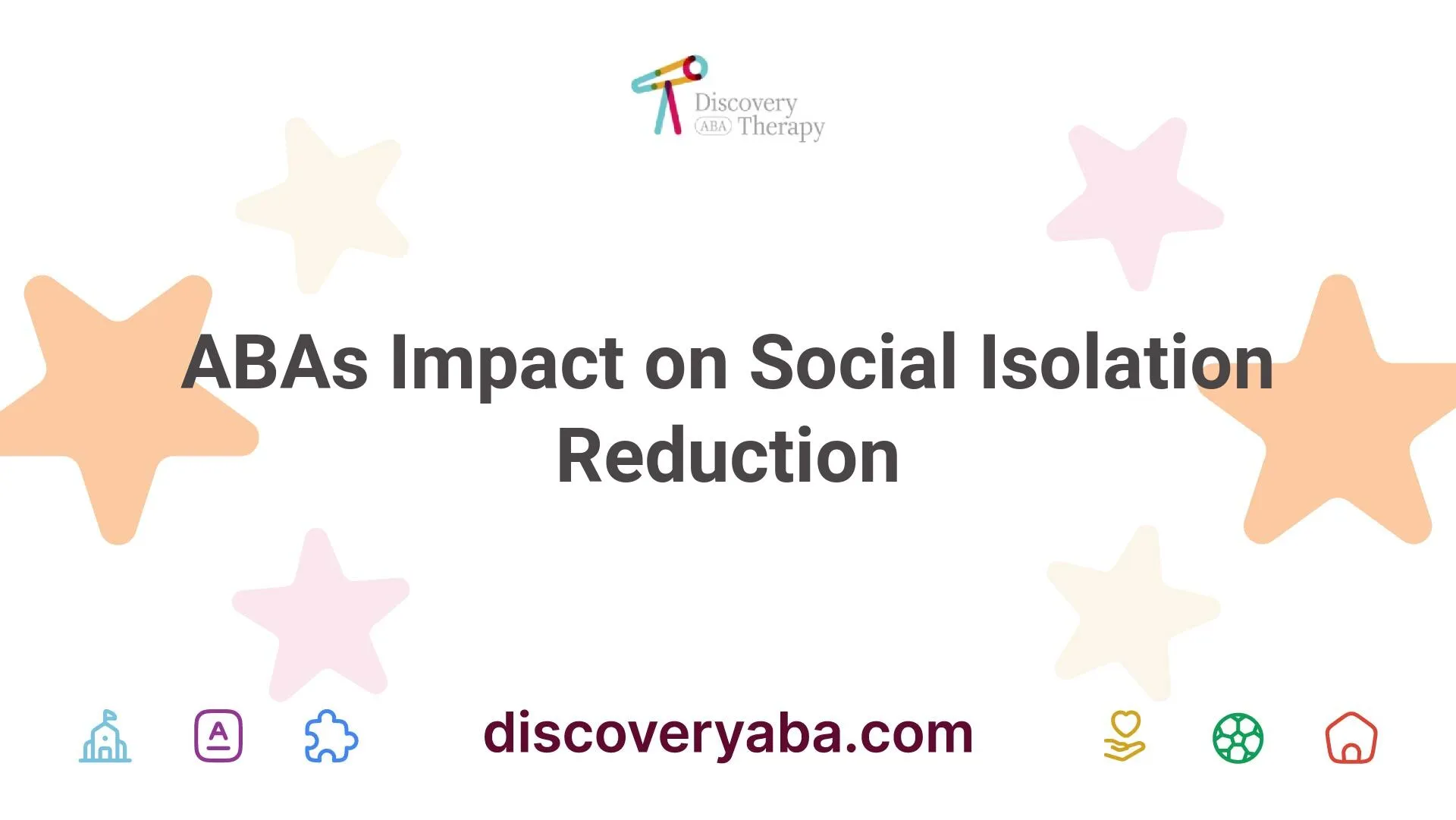
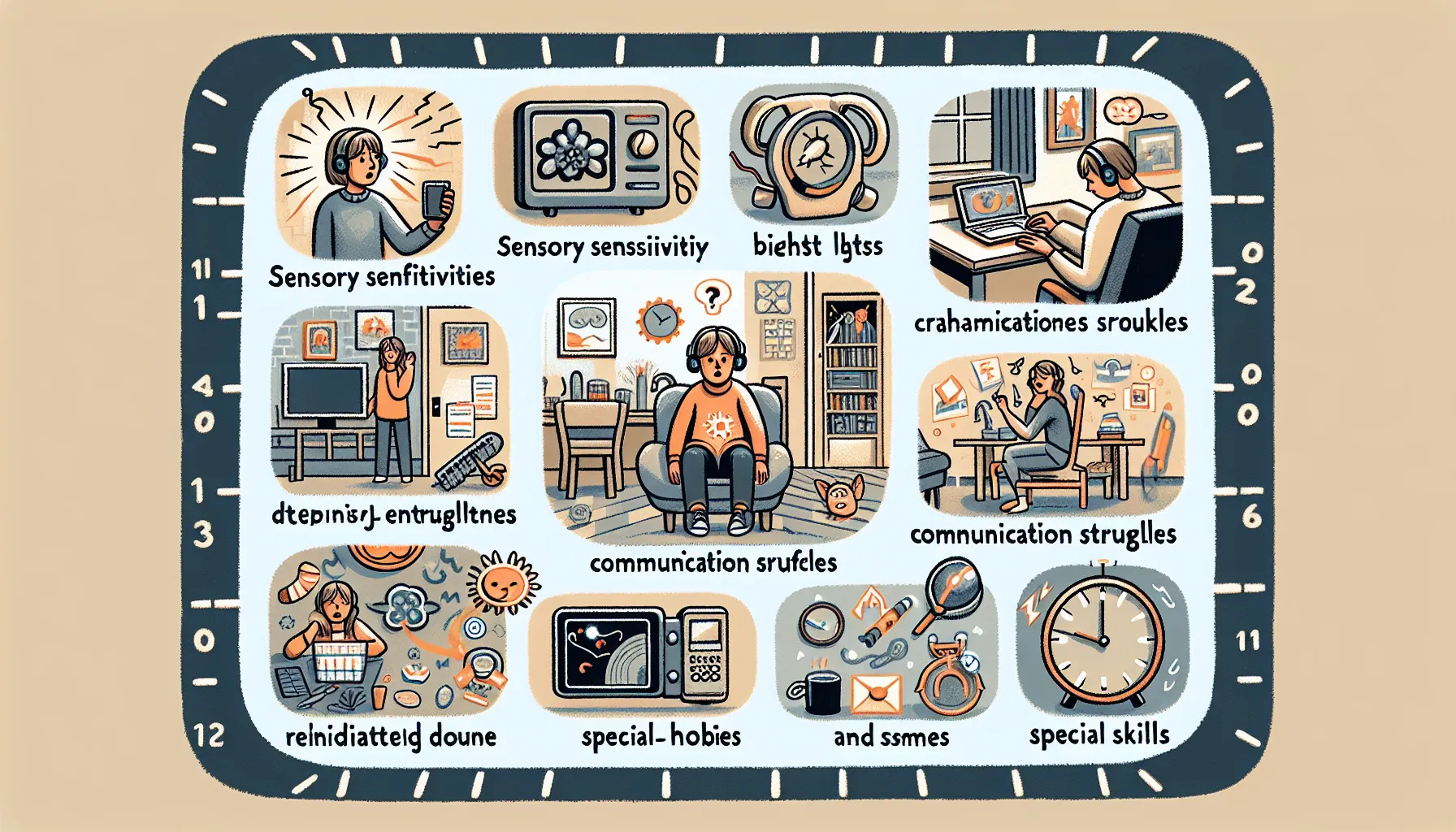

























.jpeg)





.jpeg)











.jpeg)




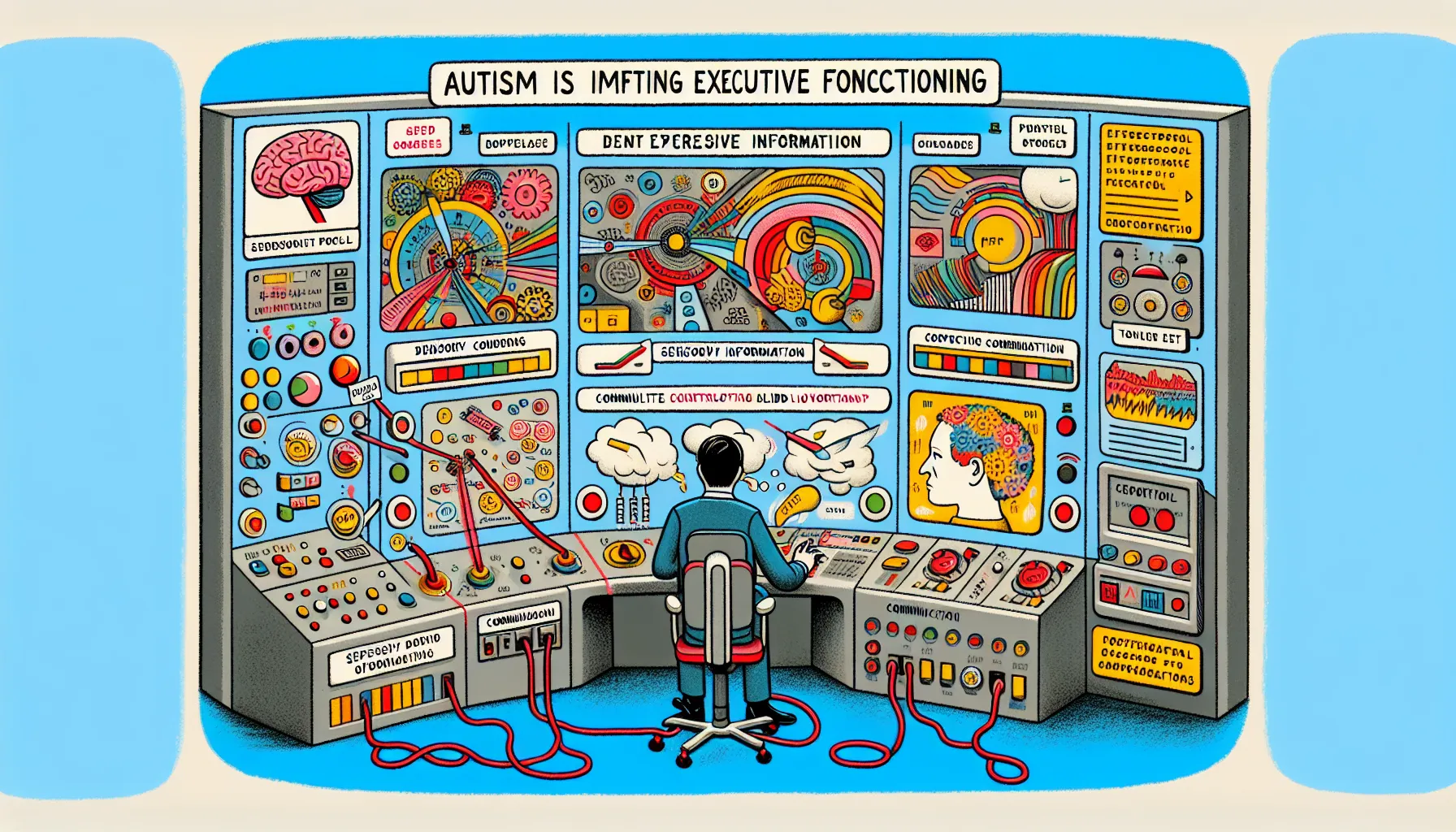


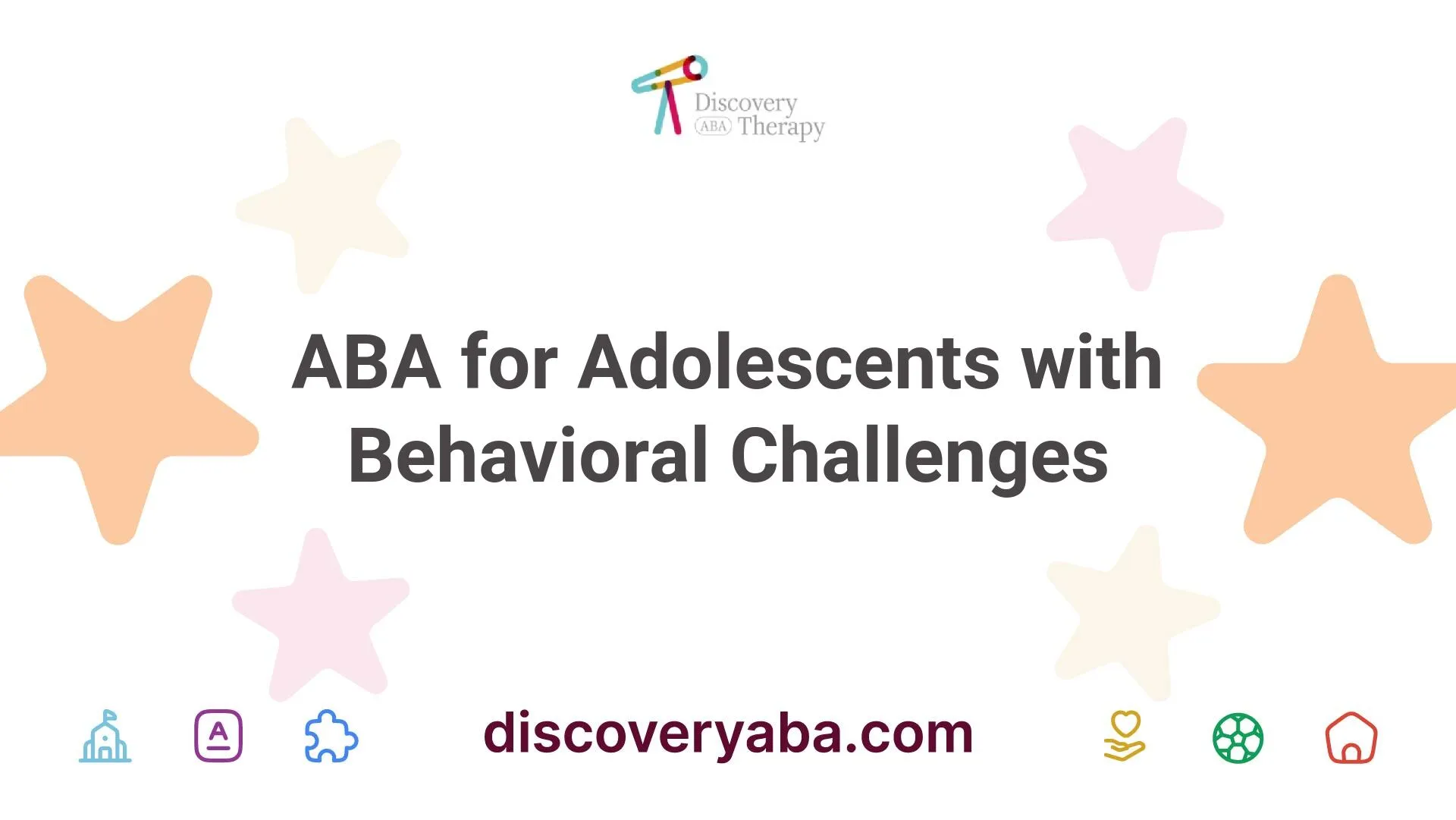




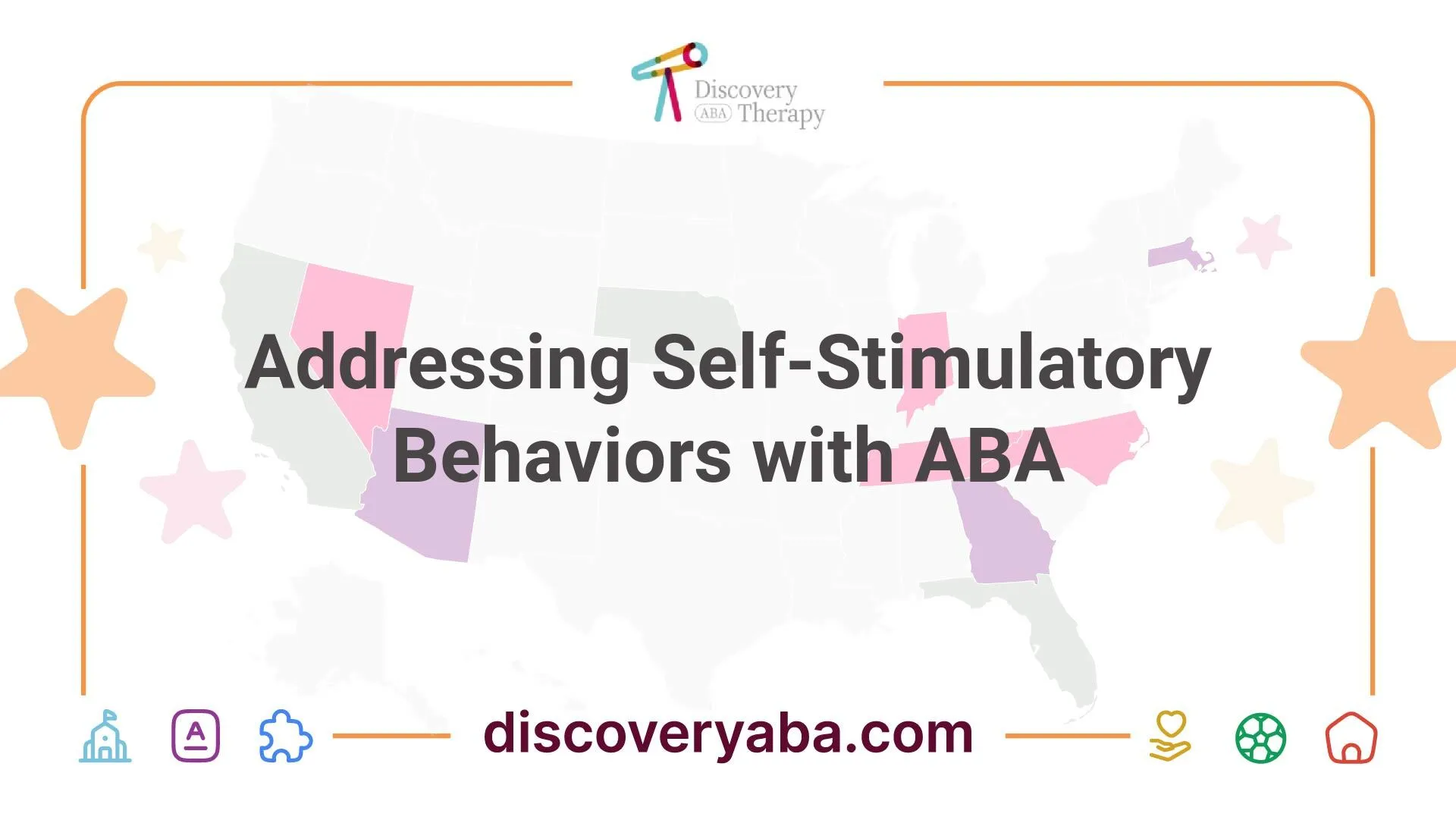

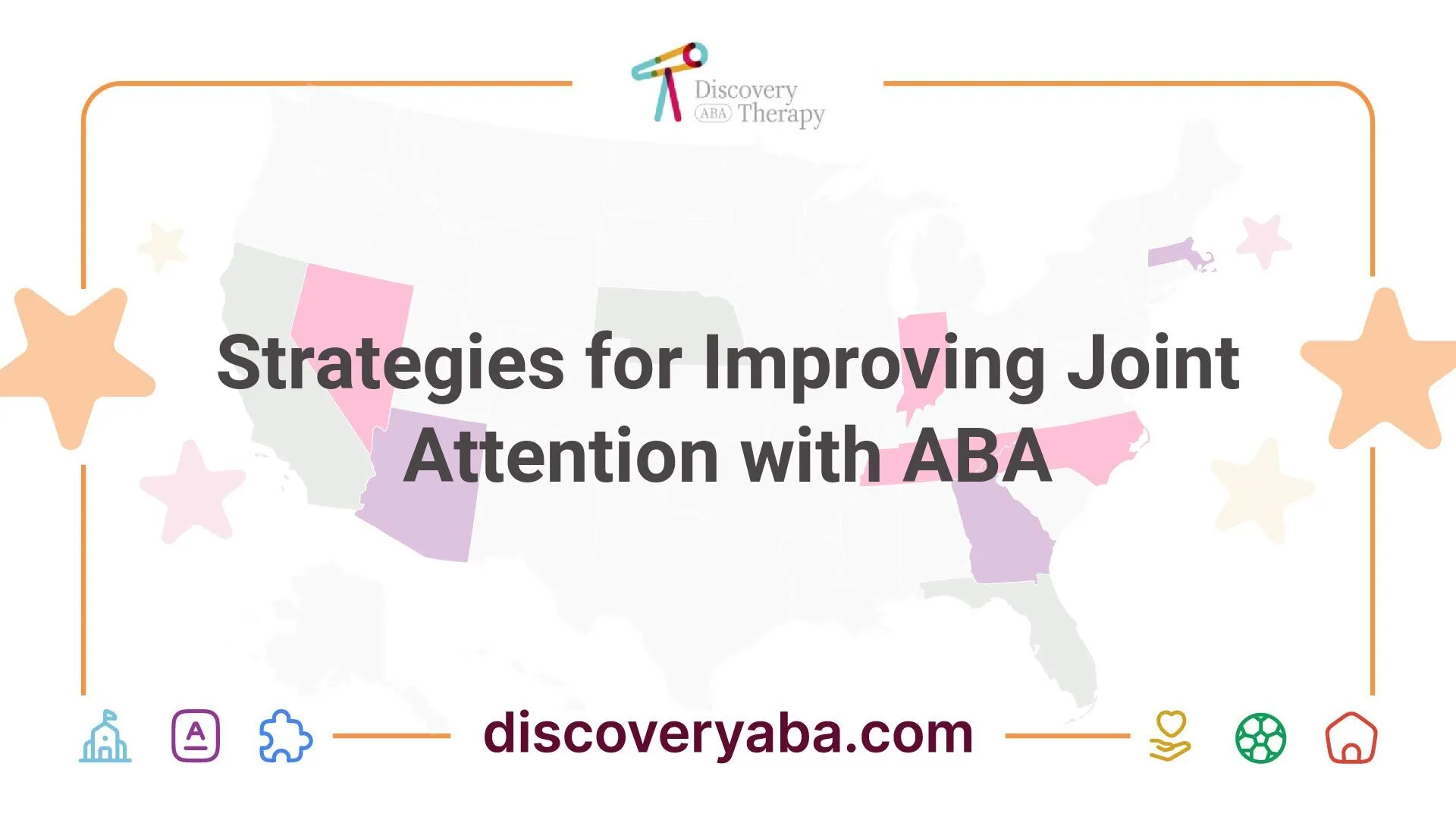
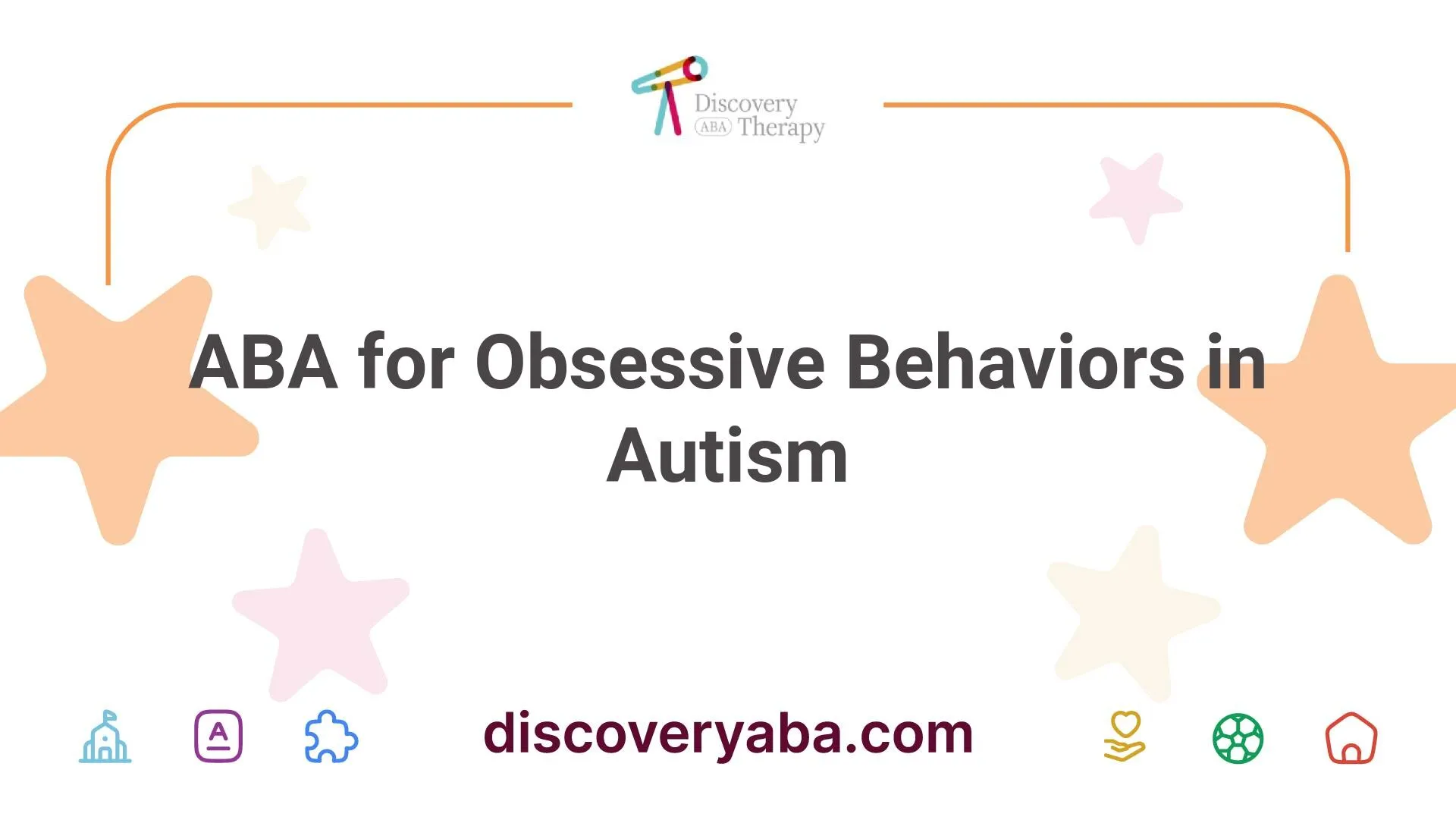


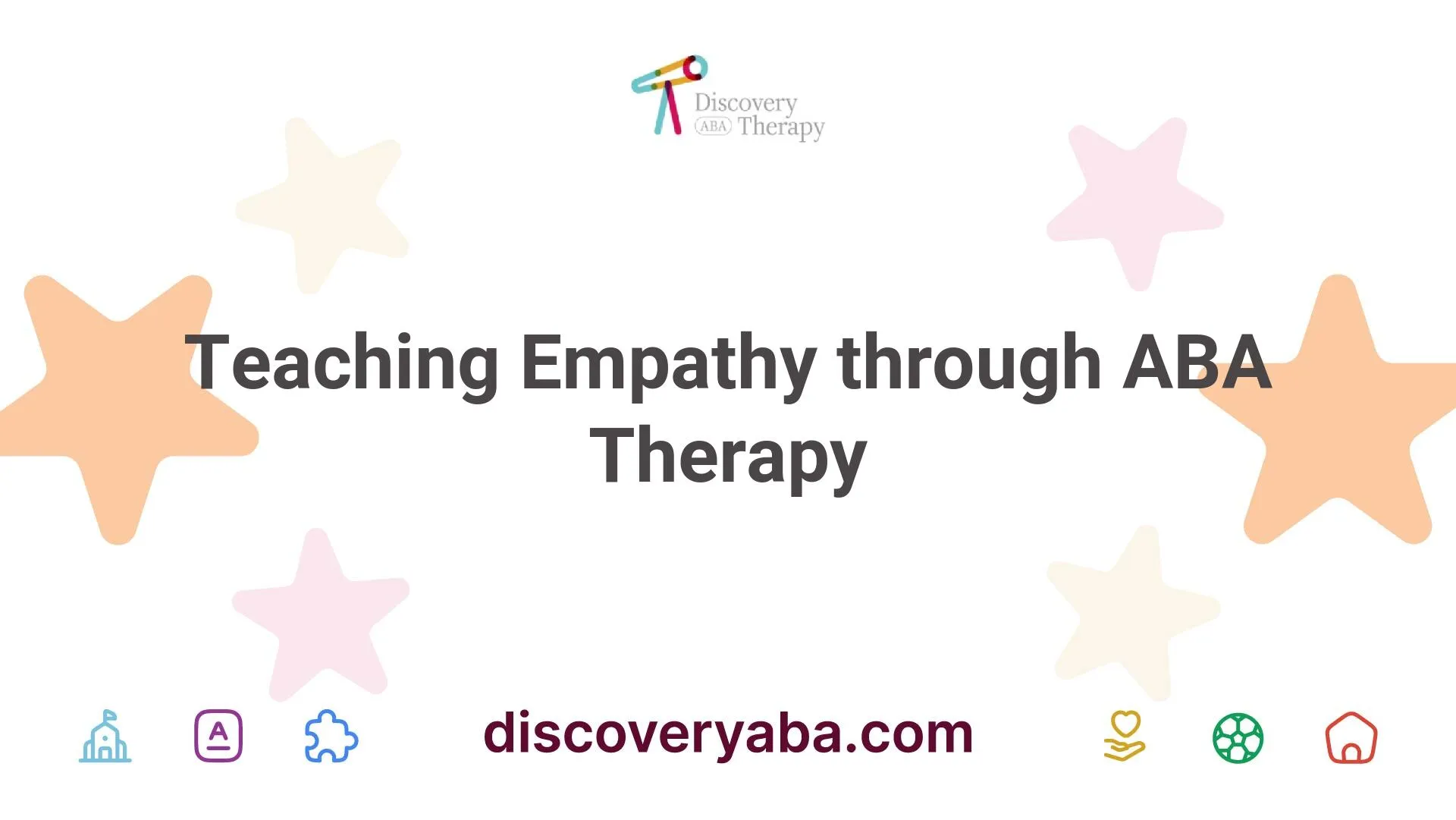
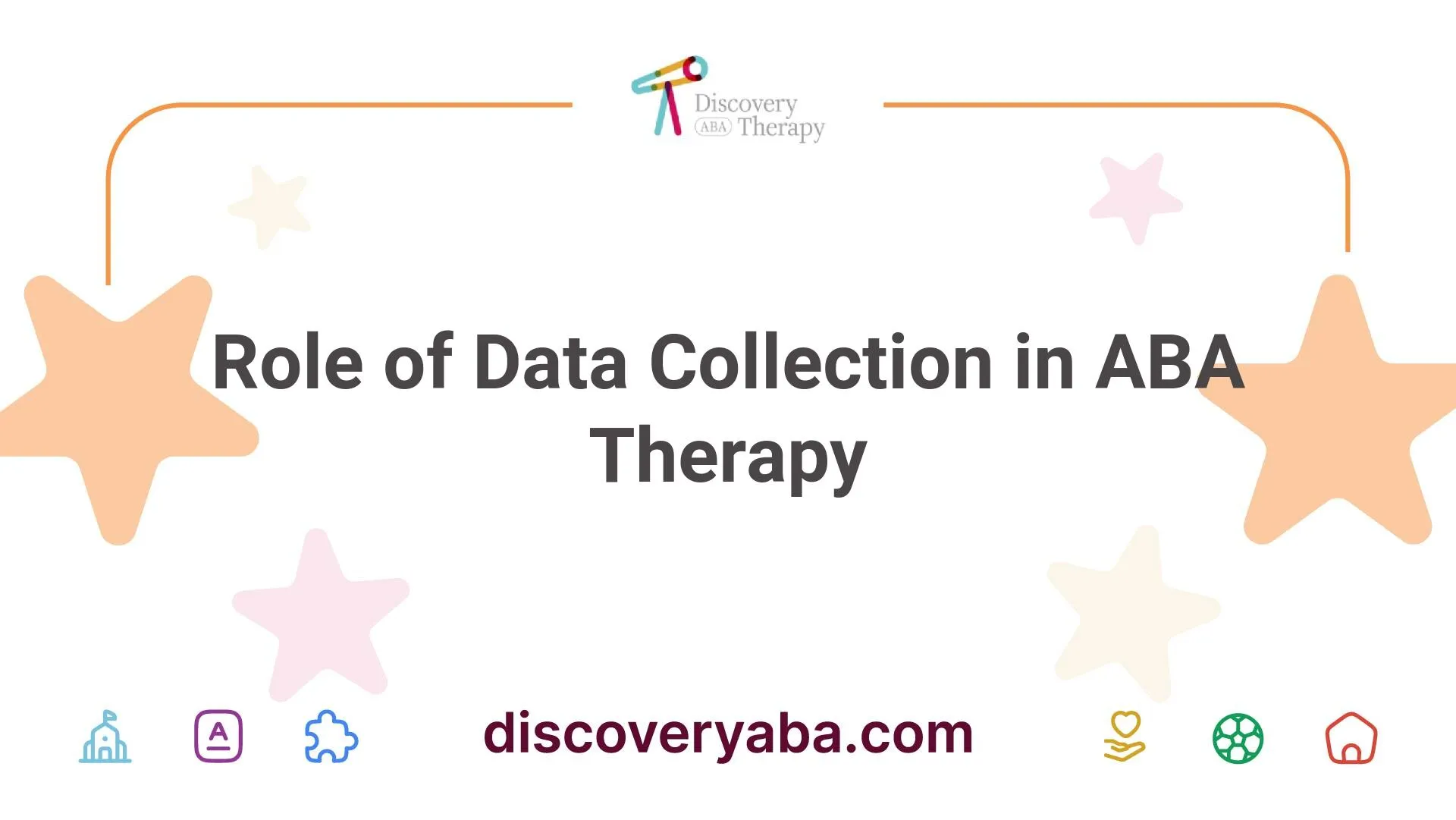
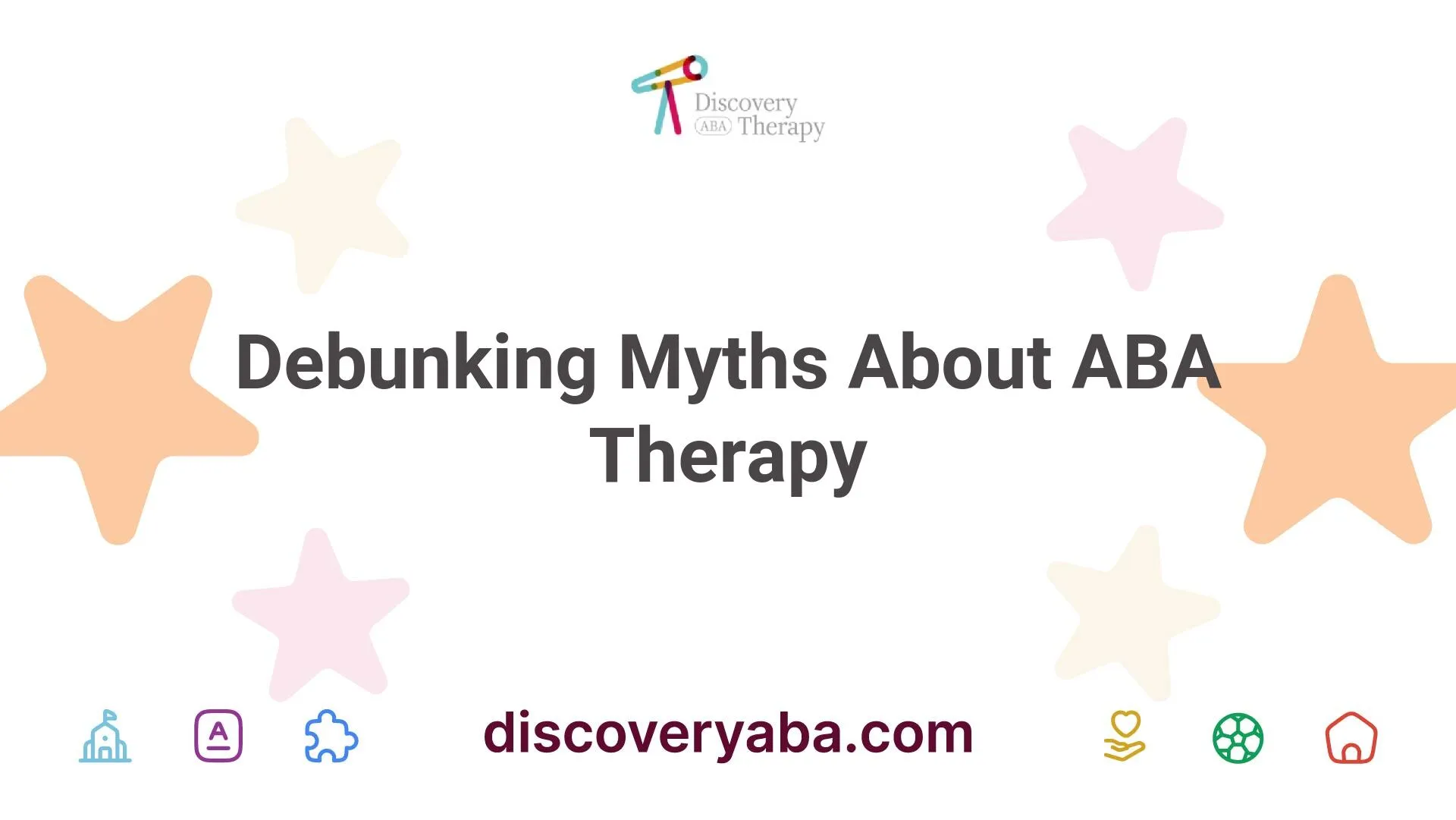
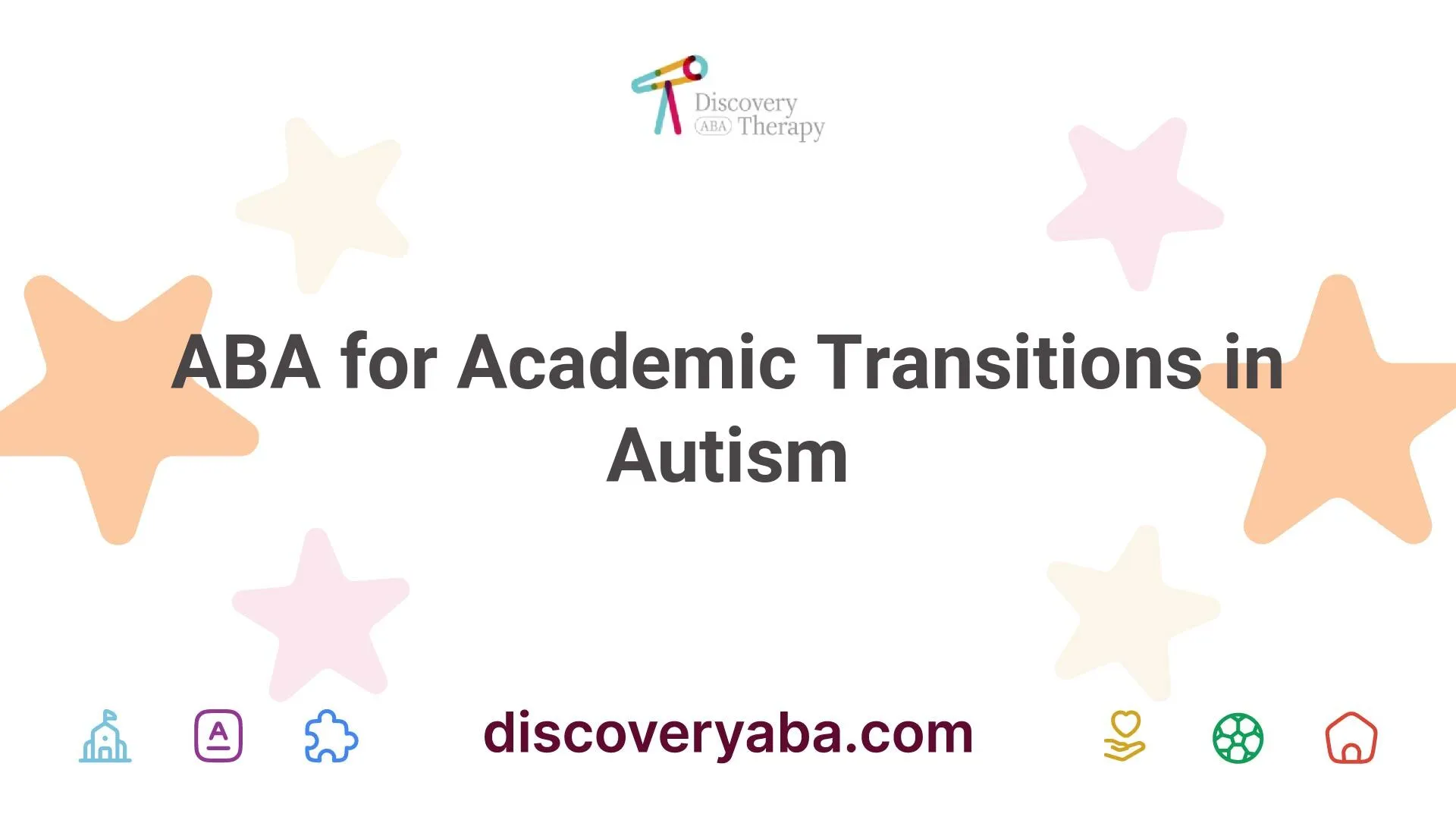
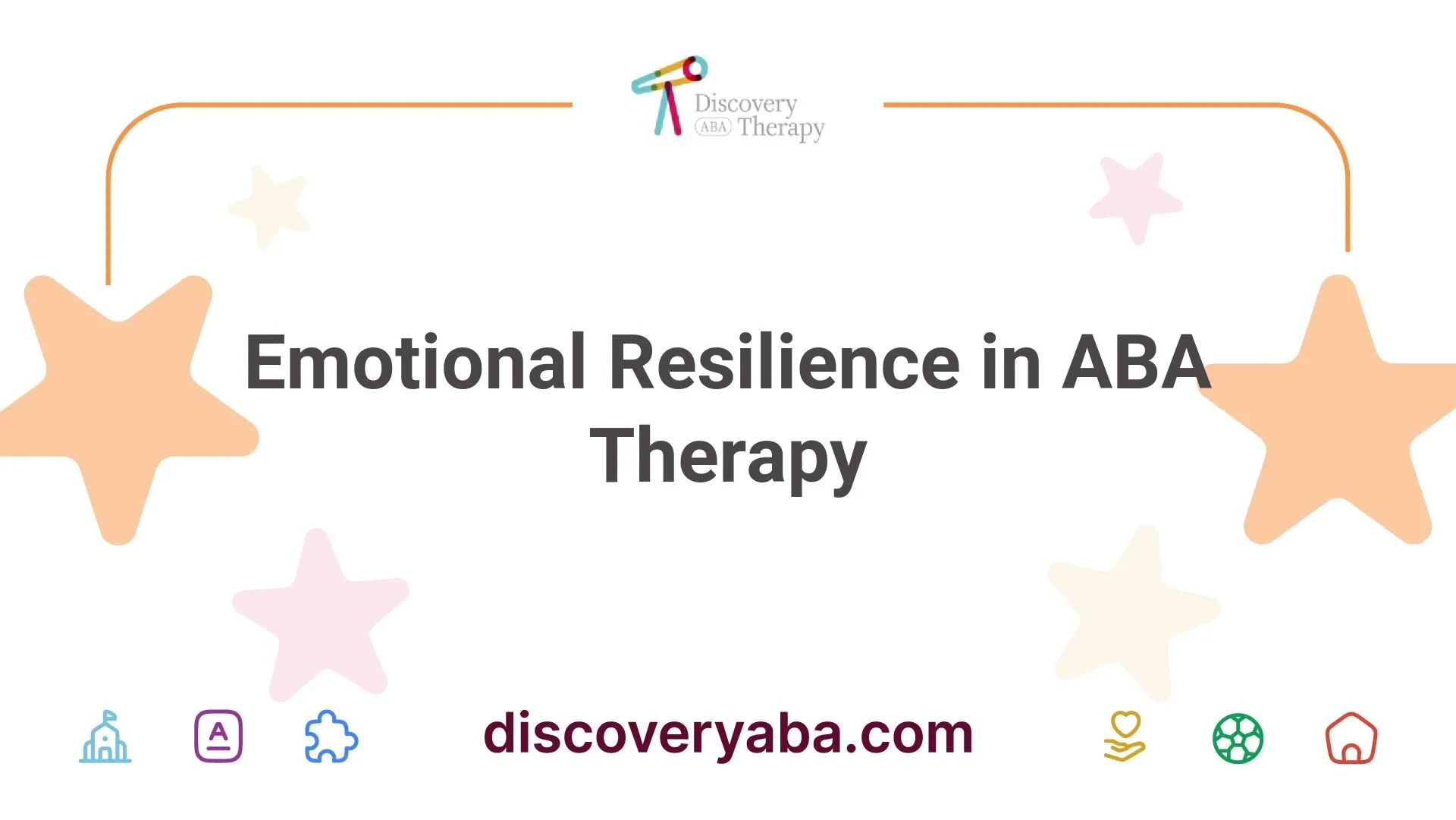
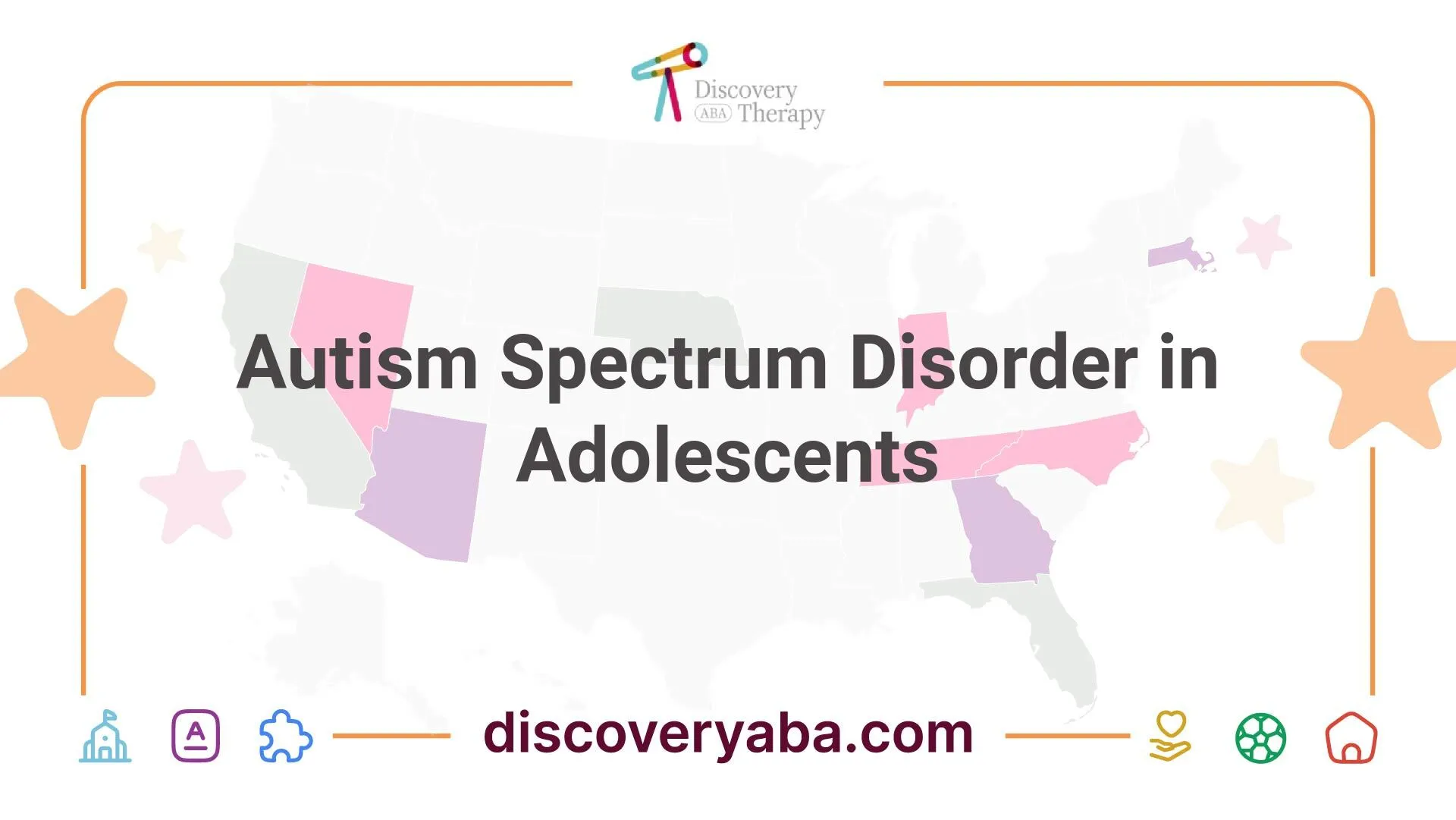
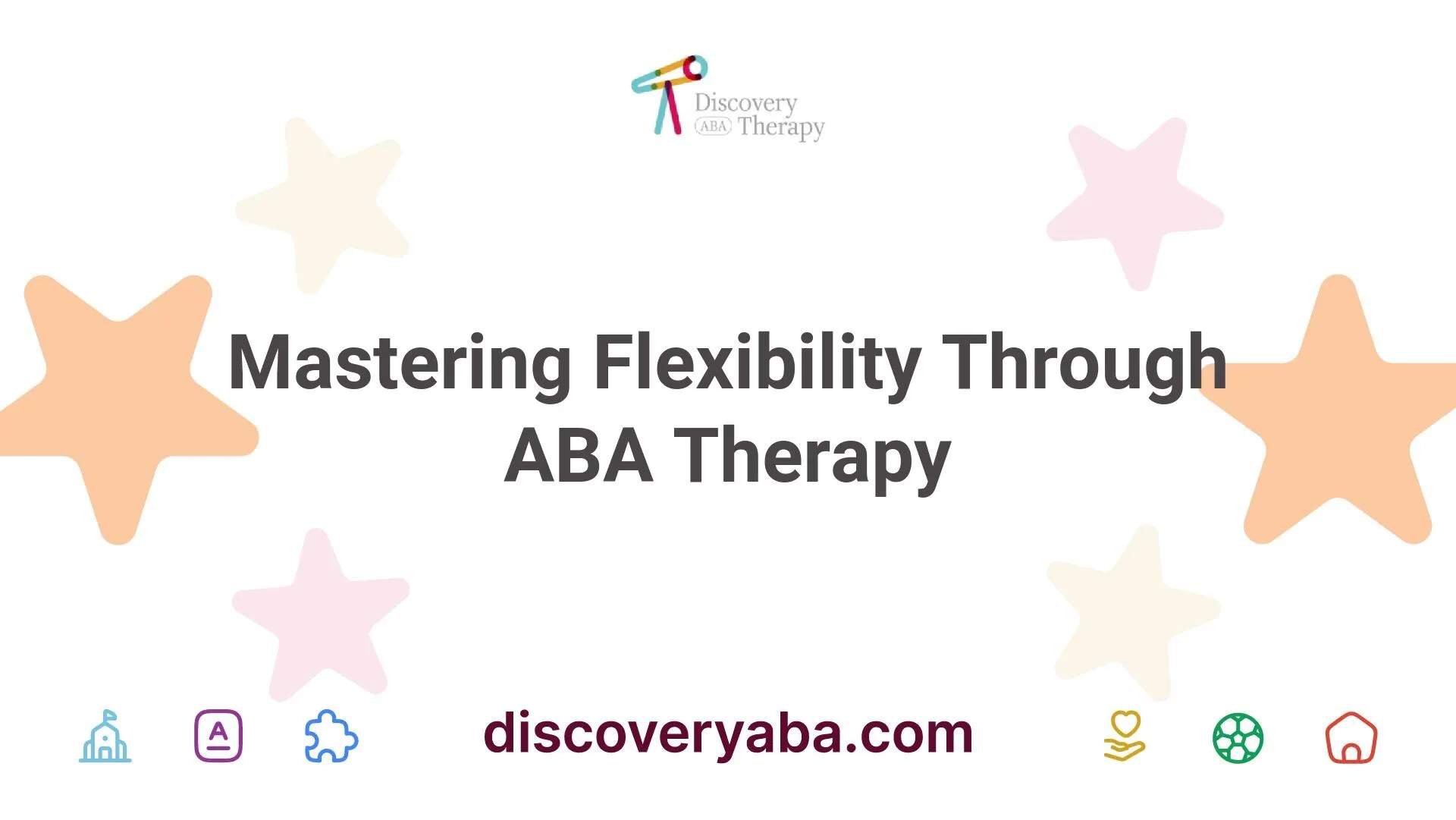

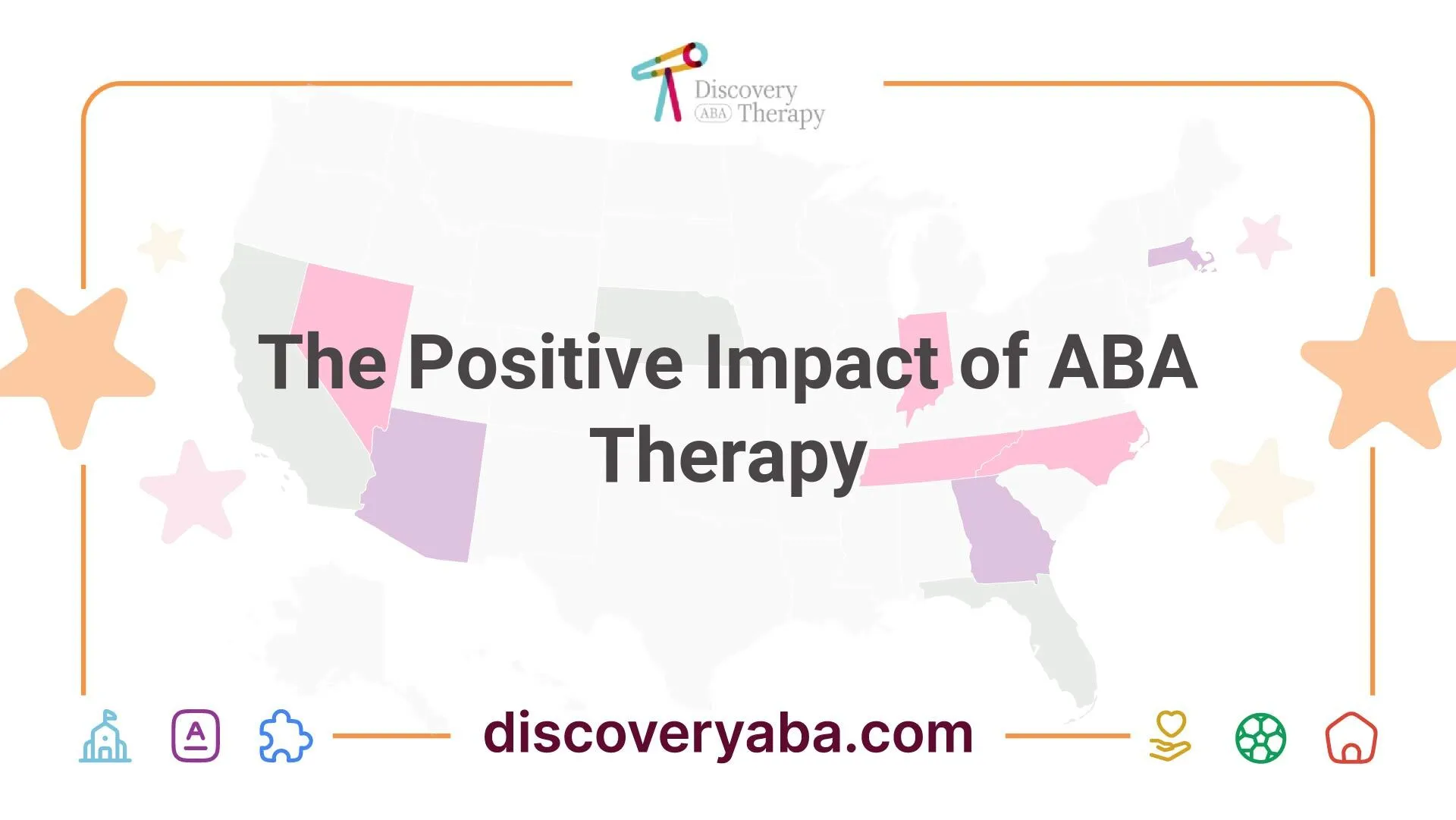







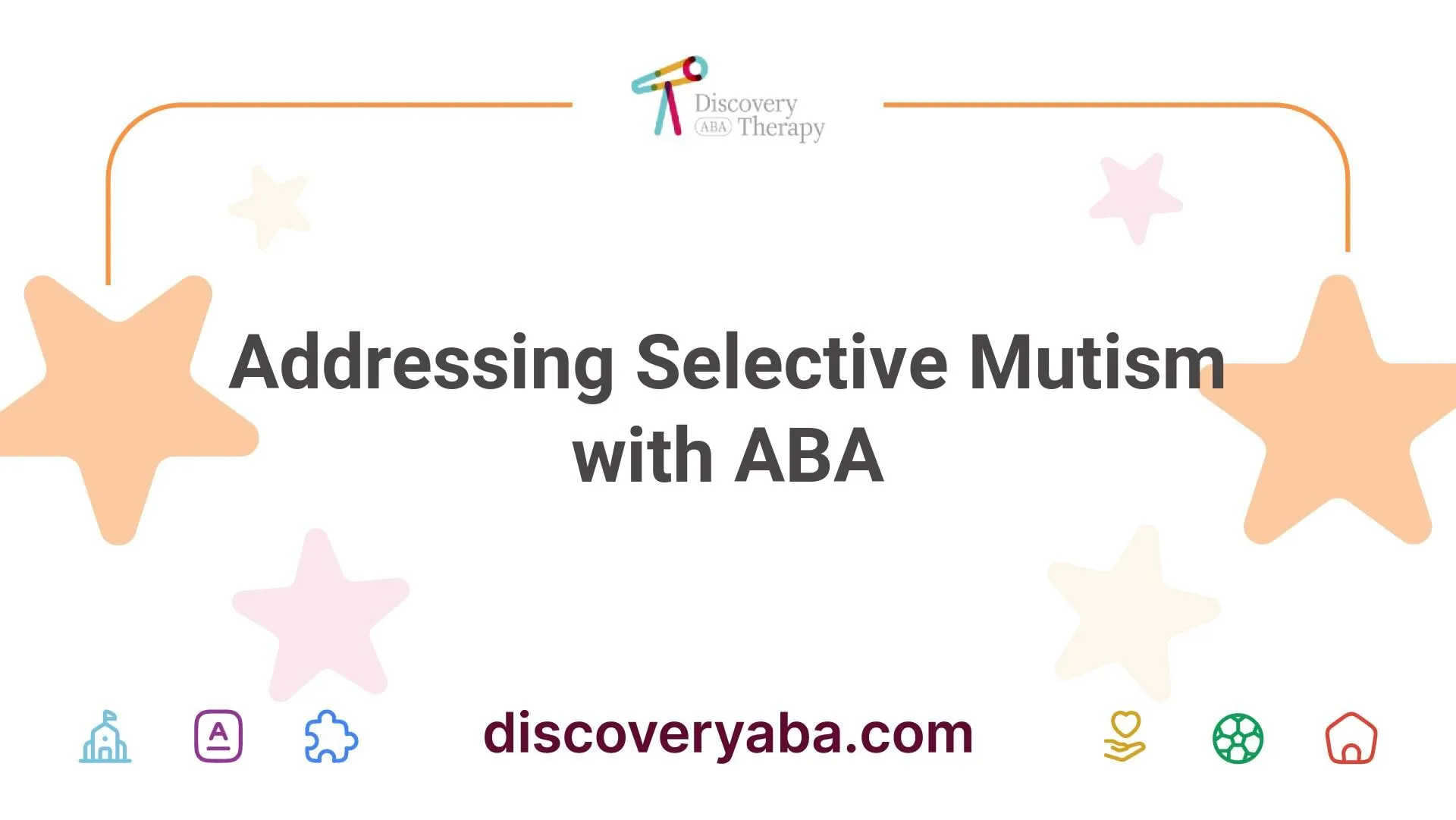

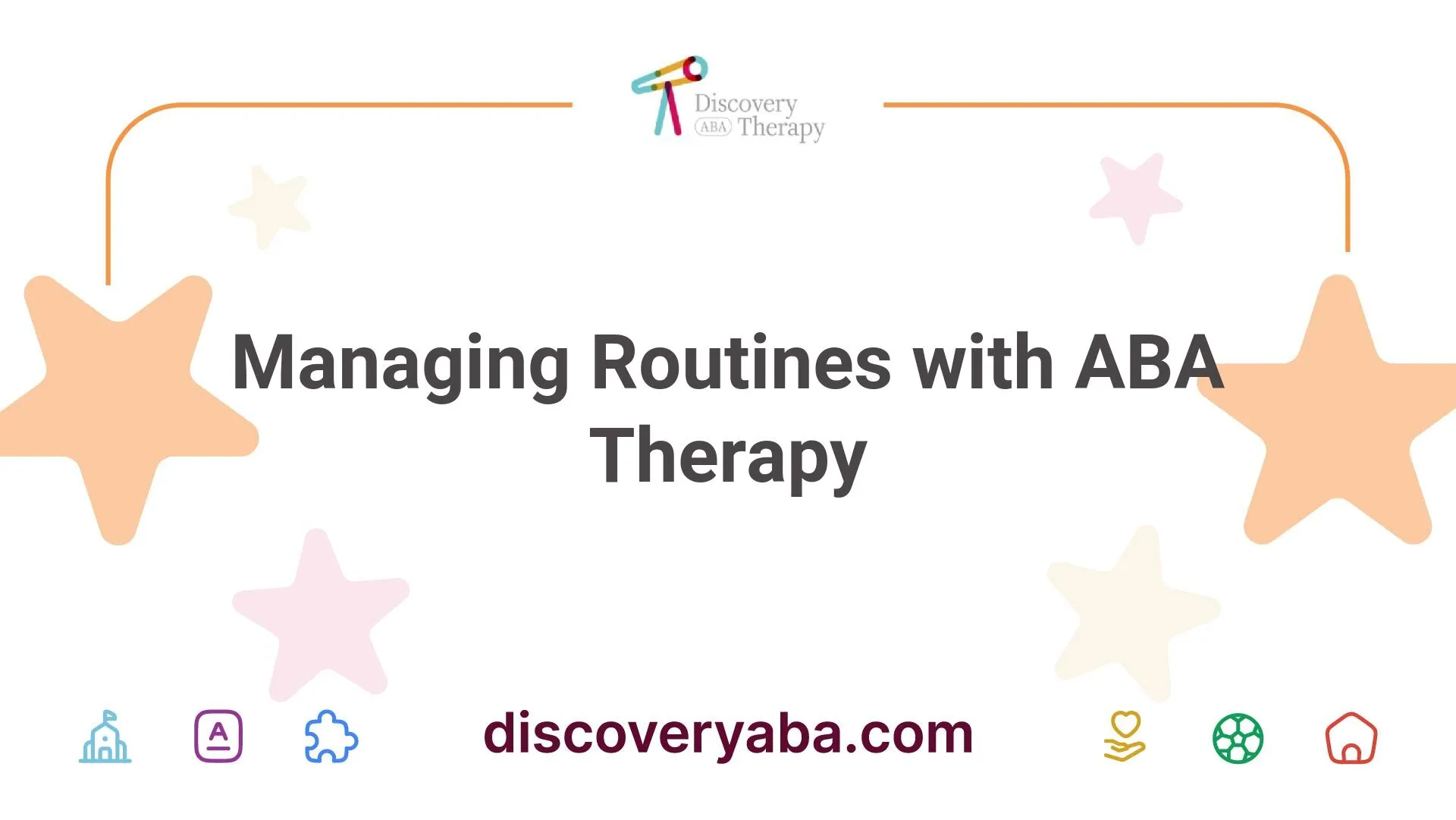
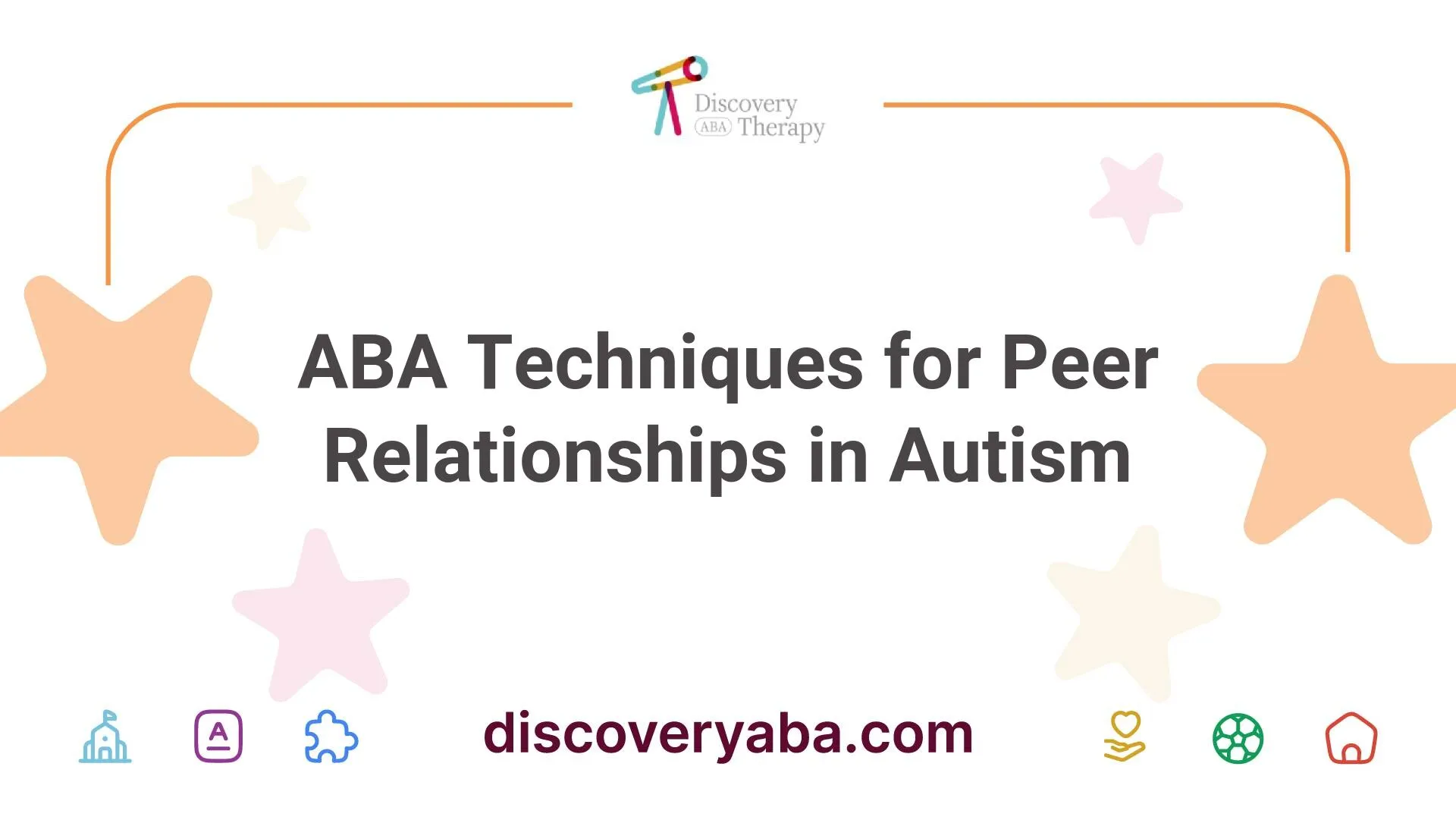




.webp)